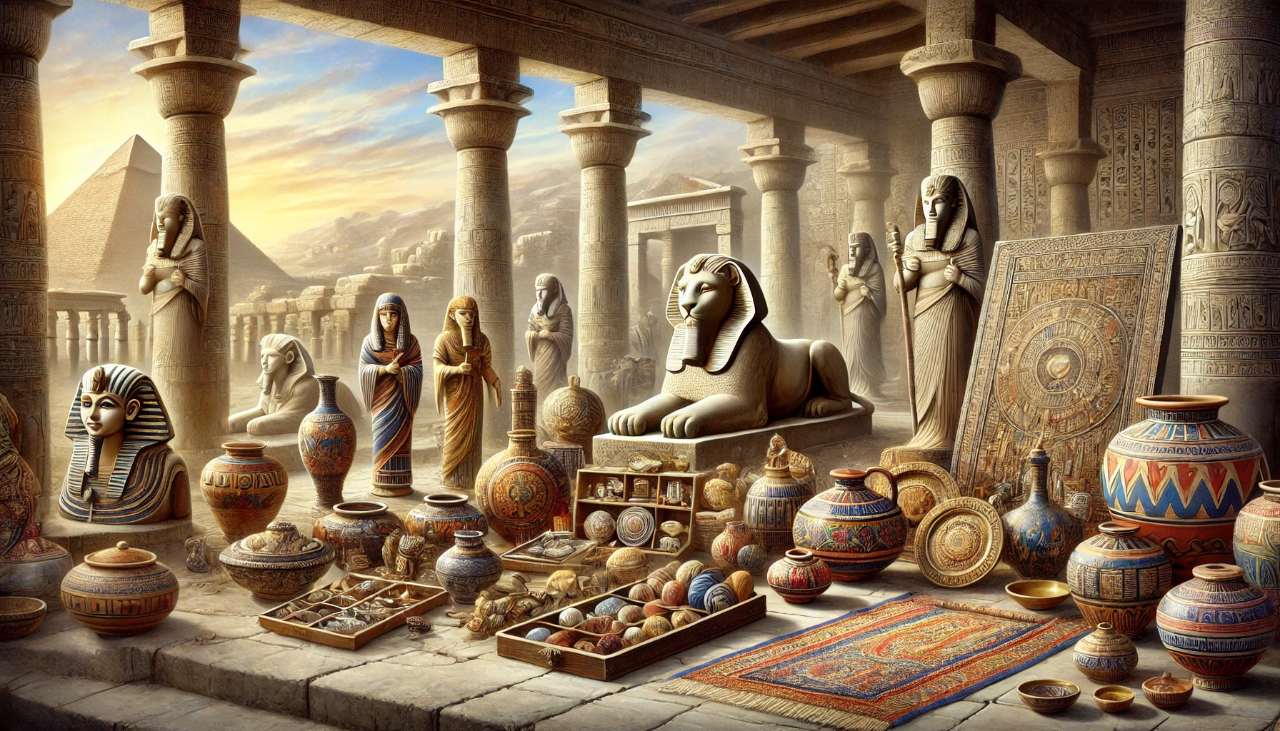Ancient art is not just a collection of old statues or faded paintings; it’s a glimpse into the lives, beliefs, and cultures of civilizations long gone. From intricate cave paintings to grand temples, ancient art offers us the key to understanding how people of the past viewed the world. In this article, we’ll explore the mesmerizing realm of ancient art and its enduring influence.
Introduction to Ancient Artz
Ancient artwork encompasses the innovative expressions of early civilizations. But it’s greater than just aesthetically beautiful—it’s a window into history. These undying works provide a deep understanding of the cultures, ideals, and social systems that described human improvement. From the symbols carved into rocks through our ancestors to the awe-inspiring architecture of historical civilizations, historical art represents the very essence of what it intended to be human in a one-of-a-kind era.
The Origins of Ancient Art
The earliest types of artwork date back to the prehistoric length, with cave artwork and carvings discovered in sites like Lascaux, France, and Altamira, Spain. These creative expressions often depict animals, looking scenes, and mysterious symbols. Although simplistic, they reveal the deep religious and cultural ideals of our ancestors.
The Symbolism Behind Prehistoric Art
These early artistic endeavors weren’t just about ornament; they’d symbolic meanings. Many scholars accept as true with those artwork have been created to invoke achievement in hunting or to connect with the spiritual international. In this experience, historic art have become an critical device in early non secular and cultural practices.
Egyptian Art: The Art of Immortality
Ancient Egyptian artwork is one of the maximum famous and captivating forms of ancient expression. Much of their art revolved across the afterlife, as Egyptians believed that they may acquire immortality thru their artworks.
The Role of Art in Egyptian Afterlife Beliefs
From the massive pyramids to the complicated hieroglyphics located in tombs, Egyptian artwork become created to manual the soul into the afterlife. The grand statues of pharaohs, the Sphinx, and the lavish decorations of tombs show the Egyptians’ deep connection to their gods and the importance of immortality.
Mesopotamian Art: The Cradle of Civilization
Mesopotamia, regularly called the “Cradle of Civilization,” is where a number of the earliest cities emerged. Their artwork was deeply intertwined with their faith and social systems.
Ziggurats and Sculptures as Religious Symbols
Ziggurats, huge temple systems, had been constructed as places of worship for the gods. Their art, together with sculptures of deities and clay tablets with cuneiform writing, meditated their devotion to religious and social hierarchies.
Greek Art: Perfection and Beauty
Greek artwork is synonymous with beauty and idealism. From sculptures that depict the human shape in ideal share to lovely temples, the Greeks had been obsessed with perfection.
Sculptures and Pottery: Portraying the Human Body
Greek sculptures, together with the famous “Discobolus” (the discus thrower), centered at the human frame in its perfect form. Their pottery, adorned with complicated scenes from daily lifestyles and mythology, similarly exhibits their interest to element and splendor.
Roman Art: A Blend of Cultures
Roman art changed into closely inspired by way of the Greeks, but it additionally included factors from different conquered regions.
Mosaics, Frescos, and Realistic Statues
Romans are acknowledged for their particular mosaics and frescoes, many of which depict scenes of everyday Roman life. Their sculptures regularly portrayed individuals with realism, shooting both their bodily features and their personality.
Chinese Art: Spirituality and Nature
Chinese artwork is deeply related to spirituality and nature. From ink paintings to lovely ceramics, Chinese artists expressed their reverence for the herbal global and the religious realm.
Terracotta Army: A Masterpiece of Ancient Craftsmanship
One of the most famous examples of historic Chinese artwork is the Terracotta Army. Thousands of lifestyles-sized statues were created to shield the tomb of Emperor Qin Shi Huang within the afterlife, showcasing extraordinary craftsmanship and attention to element.
Conclusion
Ancient art is a testament to human creativity, spirituality, and the pursuit of immortality. It serves as a time tablet, keeping the cultures, ideals, and values of ancient civilizations. From the caves of Lascaux to the pyramids of Egypt, ancient artwork keeps to inspire and captivate us, providing a connection to our shared human heritage.










